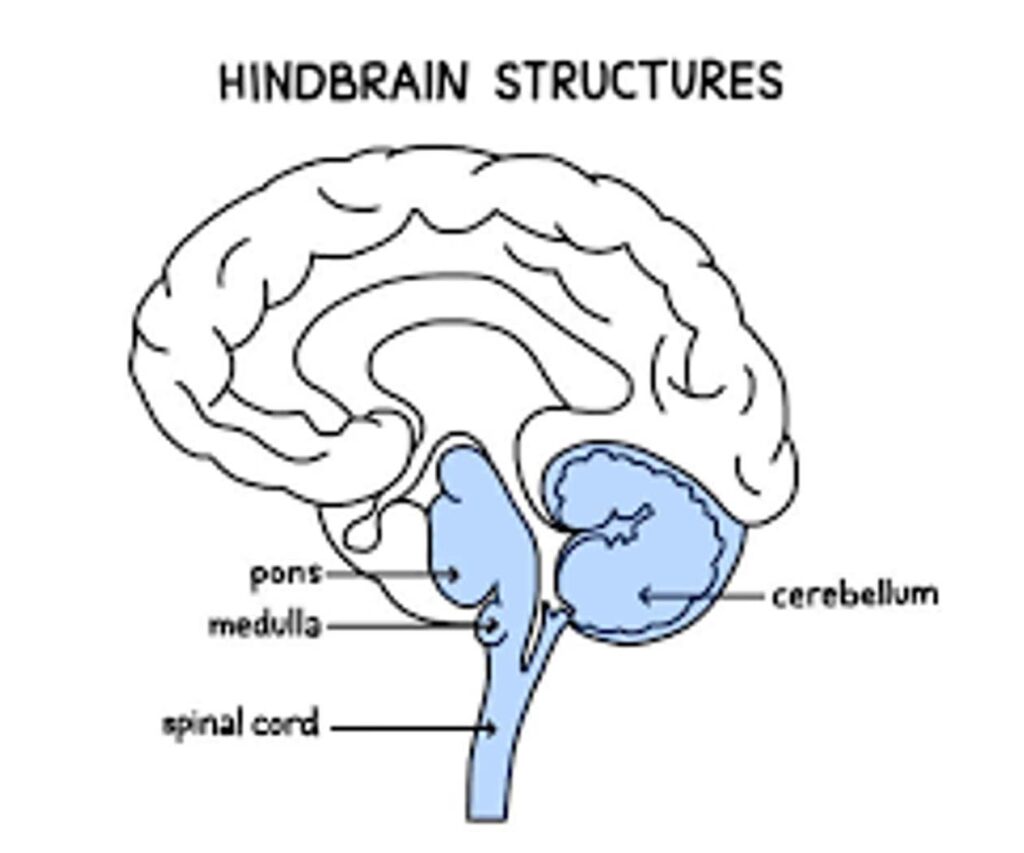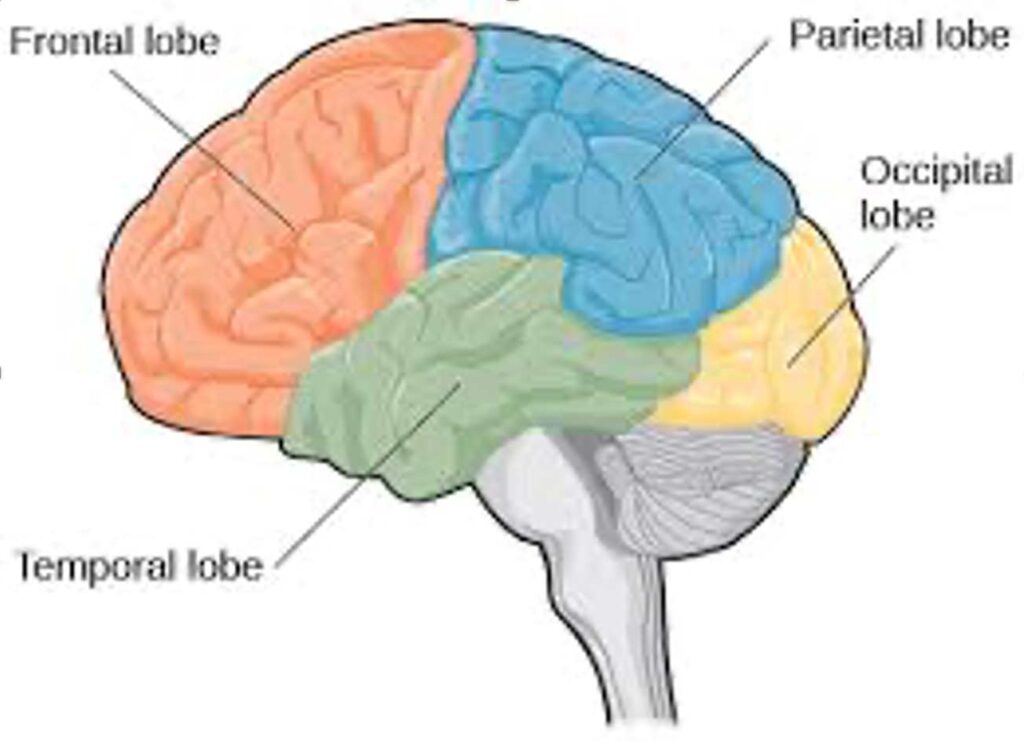IN THIS ARTICLE
- Part 1 – Understanding How Intention and Beliefs Can Empower the Choices We Make
- Part 2 – Understanding Our Three Brains and Physiological Stress
- Part 3 – Understanding the Physiology of Light Touch in Fostering Growth
Part 1. Our Intentions and Beliefs Set the Stage!
Quantum physics points to the fact that the observer directly affects the experiment that is being conducted, or simply put, that the outcome we’re striving to achieve is entangled with our intention.
As a chiropractor, my intention can be varied depending on the lens I wear during the experiment I conduct. Put another way, my outcome will depend on my intention, belief and philosophy of what I’m looking to achieve in the care that I provide to my clients.
What I have always loved about my profession is that there are many lenses in which to conduct “the experiment”. Am I trying to put a bone back into place? Am I trying to relax the muscles that can move the bones out of place? Or am I attempting to fine tune the nerve channels that directly control and coordinate the entire function of the body-mind? I find it fascinating that there are so many different styles and modalities in the field of Chiropractic (over 300). I have found that the gentler, neurologically informed approaches worked best for my personal health and wellness goals. That is why I practice the way I do, out of my own personal experience. I study and teach about the quality of light touch and its importance in fostering safety and connection, which in turn helps to regulate our stress response and thus turn on the power of healing from the inside out!
Our Beliefs Are the Operating Systems of How We Perceive the World.
My mentor and good friend, Bruce Lipton, taught me that our conscious mind operates 5% of our lives and our subconscious mind operates 95% of it. On top of that, the powerful subconscious mind is a processor that operates one million times faster than the subconscious. Think of the first computers built vs. today’s technological advances. That’s the gap between our two minds.
Everything we have learned as young children has been recorded into our subconscious mind. These programs become the veils through which our mind sees the world, beyond our awareness that it’s even happening. This might sound self-defeating but here’s the empowering fact. Despite the programing from our parents, teachers, preachers, culture and media – we have the ability to change and rewrite the programs that don’t work for us any longer.
To quote Dr. Lipton, “Behavior is automatically controlled by subconscious mind’s programs when the self-conscious mind is not focused on the present moment. When the reflective self-conscious mind is preoccupied in thought and not paying attention, it does not observe the automatic behaviors derived from subconscious mind. Since 95% or more of our behavior is derived from the subconscious mind…then most of our own behavior is invisible to us!”
In regards to this article, as a culture we have been indoctrinated to believe in a biomedical model that is very mechanical and forceful by its nature. The entire basis of that model has to do with the doctor, pharmaceutical company or therapist taking control of the situation and fixing the problem (symptom). The fact that we might be in that vulnerable position to feel like we need someone to fix us, is a learned trait that is embedded deep in our learned programming.
There is a time and place where we might be so desperately broken that we need someone to intervene and “fix and patch us up”. But these situations are rarities in our lives. To lead an empowered life, where we trust our fate because we’re operating from a more conscious awake state, leads to a state of growth and inhibits the state of fear. The growth state fine tunes our physiology to operate very differently than when we are feeling powerless or in a state of fear.
Now let’s tie these concepts mentioned above into being alive in the 21st century. We live extremely busy and full lives, with numerous expectations, either self-induced or culturally created. We use our bodies in physical ways that create tension, we are faced with a lot of emotional and mental stress by obstacles we face and pressures we put on ourselves. The media and what we see going on in the world doesn’t help the cause. Our eating habits deteriorate due to the speed that life requires of us. There are numerous ways of checking out or numbing ourselves to not feel what’s really going on. Over time, our bodies begin to break down and develop symptoms, simply trying to get our attention to shift something that isn’t working to our best interest. This is where our intention, beliefs and programming come in. The choices we make in how we proceed to take care of ourselves will either lead to an empowered life or one of being a victim of circumstance.
Part 2. Our Brain and Its Three Integrated Parts in Relation to Stress
The first brain is the brain stem, also known as the reptile brain or hindbrain. This is our survival brain. It controls all functions responsible for our survival – as an individual and as a species. It controls such things as hunger, thirst, heartbeat, breathing, digestion, immunity and sexual drive. In regards to this article, it initiates the fight-or-flight stress response.
Our second brain, our midbrain is part of the limbic system or mammalian brain.
It is in all mammals and is composed of parts such as the amygdala, hippocampus and thalamus. This is our behavioral brain that regulates all functions related to the emotional aspects of survival. It controls such things as long-term memory, hunger, sexual stimulation, pleasure and pain responses, and our experience of all emotions.
While the brainstem initiates the fight or flight response, the midbrain maintains it and initiates the defense posture.
The third brain is the cerebral cortex or forebrain.
It is the upper-most part you usually see in pictures or movies and is evident in other mammals, especially apes, dolphins and whales. It is our thinking brain or human brain. It controls such things as decision making, attention, awareness, language, judgment, reading, writing, smell, eye movement, hearing, and some motor skills. It is the center of higher thought. Our evolved brain, the cerebral cortex, is impaired by the fight-or-flight stress response and defense posture. This impairment has a lot to do with blood supply. When we’re stressed out, the lower brain centers take control based on our survival instinct.
The Fight-or-Flight Stress Response
Every moment, our brain is assessing the world around us and asking three questions: “Was I Safe?”, “Am I Safe?” and “Will I Be Safe?”. These questions are asked by integrating all three brain levels: The intellectual upper brain, the emotional mid-brain and the survivalist brain stem. If at any moment the brain determines that you are in danger, it sends out an alert to the body and the fight-or-flight stress response occurs. Mechanisms of survival are activated by the brain stem to prepare you to face the situation or run away. This occurs whether we are being chased by a lion, taking a final exam, seeing flashing lights in our rear-view mirror, or simply replaying defeating thoughts based on past experiences or future projections. It occurs any time the brain determines, “Danger!”
Here is how the stress response affects your physiology:
- Adrenalin is Released (Provides More Energy)
- Blood Sugar Elevates (Provides More Energy)
- Blood Pressure Rises (Provides More Oxygen to Muscles)
- Pulse Increases (Provides More Oxygen to Muscles)
- Muscles Tense (Provides Readiness for Action)
- Pupils Dilate (See More in Less Light)
- *Immunity Turns Off
- *Digestion Turns Off
- *Sexual Function Turns Off
(*The last 3 functions listed above use a lot of energy and are not necessary for our immediate survival.)
These are all appropriate responses to survive an attack or to cope with any danger. However, once the danger is gone and the stress is over, these body functions should return to a state of balance and the body should move into a state of safety.
Now let’s put some of these concepts together:
You’re faced with a stressful event such as an upset with your spouse or co-worker. The emotional brain or limbic system gets involved and can make you feel angry, frustrated, resentful, and prepares you for future confrontation. You hold on to this energy throughout your day and this mental posturing starts to take hold on your body’s physical posturing. Your shoulders feel tense, you might notice a headache and even an upset stomach. The cause of 95% of disease is due to long term stress.
These physical and emotional-mental messages get sent to the brain stem to maintain the stress response, all in order to keep you safe, just in case this situation happens again and you need to defend yourself. Over time, this develops into a defense posture and triggers the above-mentioned stress responses in your physiology.
According to the most current research, the cause of 95% of all disease is directly due to long-term stress. Due to the mechanism of stress and having a human brain, we have the capacity to shift from stress physiology and defense posturing to a state of safety, growth and connection. This involves being aware of when we need to intervene to redirect the ship from crashing into the shore.
The Cause of 95% of Disease is Due to Long Term Stress. Here are examples of the most common chronic ailments in a physiology stuck in stress mode:
- Adrenalin is Released (Anxiety / Depression)
- Blood Sugar Elevates (Diabetes)
- Blood Pressure Rises (Hypertension)
- Pulse Increases (Cardiac Arrhythmia)
- Muscles Tense (Fibromyalgia, Neck and Back Pain etc.)
- Pupils Dilate (Far-Vision)
- Immunity Turns Off (All Immune-Related Diseases)
- Digestion Turns Off (Irritable Bowel Syndrome, Constipation, Indigestion, etc.)
- Sexual Function Turns Off (Impotency, Infertility)
When the body and brain are locked in stress physiology and defense posture, we react as if the stress that caused it is still occurring, even though it may be decades in our past. In this state, health and healing are stagnant, and our quality of life and degree of wellness greatly diminishes. The blood supply to the higher brain centers is diminished. Our ability to experience higher thought, make decisions and place our attention on those things that are important to us gets impaired.
When our Limbic System is locked in defense, we are more apt to experience fear, anger, and sadness than we are to feel joy, peace and love. We experience a higher degree of separation from ourselves and those around us. We become numb to what we are feeling in our bodies and disconnected from our intuition.
If we are still reacting to stresses and events from the past, we lose our ability to respond and adapt appropriately to changes in the present. When we feel stressed out all the time, we get sick often and easily. These stress responses may perpetuate feeling locked in a job, relationship or other circumstance that we cannot change. The cool thing is, we can induce a positive change and it can come as a very gentle and nurturing cue.
Part 3: How Such a Light Touch Can Shift Our Physiology and Foster Safety
Two examples of the importance of light touch, with respect to our evolution as mammals, are breast feeding and sexual intercourse. Gently touching and caressing the skin, our most pervasive and largest organ, creates a safe physiological response in the nervous system. Our skin is actually an extension of our brains and derives from the same line of embryonic stem cells.
Characteristics of Our Skin:
- Skin weighs as much as the skeleton.
- Skin contains ten times the amount of blood necessary for its own maintenance.
- There are six yards of sensory nerves per square inch of the skin.
- Functions of skin: thermoregulation, protection and communication.
Gentle touch has been studied with respect to our neurobiology. There’s a law in biological science called “The Arndt-Schultz Law” that states – biological systems respond greatest to the least amount of stimuli. Hence the light touch as part of a chiropractic adjustment vs. a more forceful touch which can recruit parts of the physiology to guard and protect. Think of the examples above of how mammals evolved through nursing and copulation. If baby or momma uses a very forceful touch, less connection and communication happen and dampen milk production and the ability to nurse. Sexually speaking, the feeling of safety and connection before having intercourse is most likely enhanced through gentleness.
Our nervous system is a memory organ. If we teach it to only respond to a forceful stimulus, the brain learns that it needs an outside intervention to change. If we take time to foster internal awareness and more subtle cues, our brain learns to become self-correcting. This also ties into our beliefs that we discussed in part 1 of this article. Think of how pervasive our culture is in teaching us about the need for interventions outside of ourselves in order to heal.
The Goal of a Tonal Chiropractic Entrainment or Adjustment
To help the brain and body develop new strategies to self-assess and regulate its own tension and to shift from defense into growth. By more effectively adapting to stresses, we change the state of our physiology to promote better decision making, calmer states of being and more general ease in our lives. So, let’s get you out of that long term hidden stress pattern and start moving into “Post Traumatic Growth”. Don’t hesitate to reach out, as I’m here to support your process along the healing journey!













